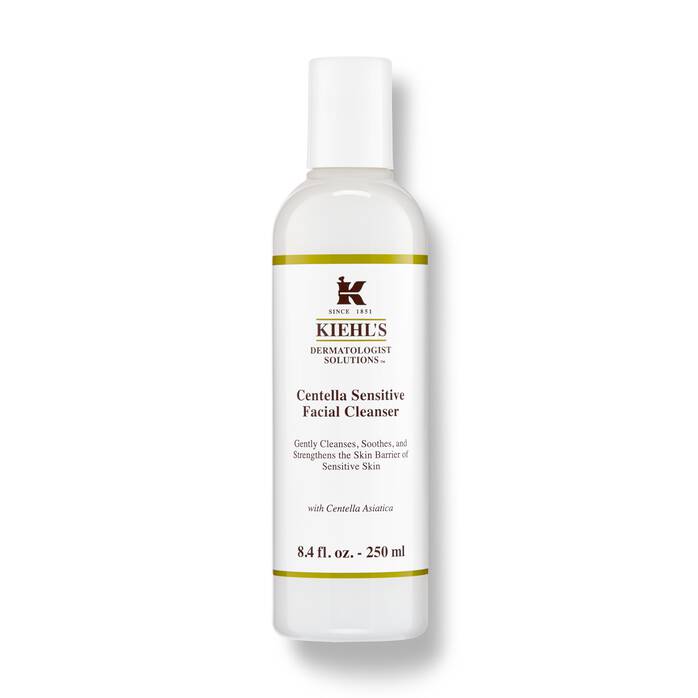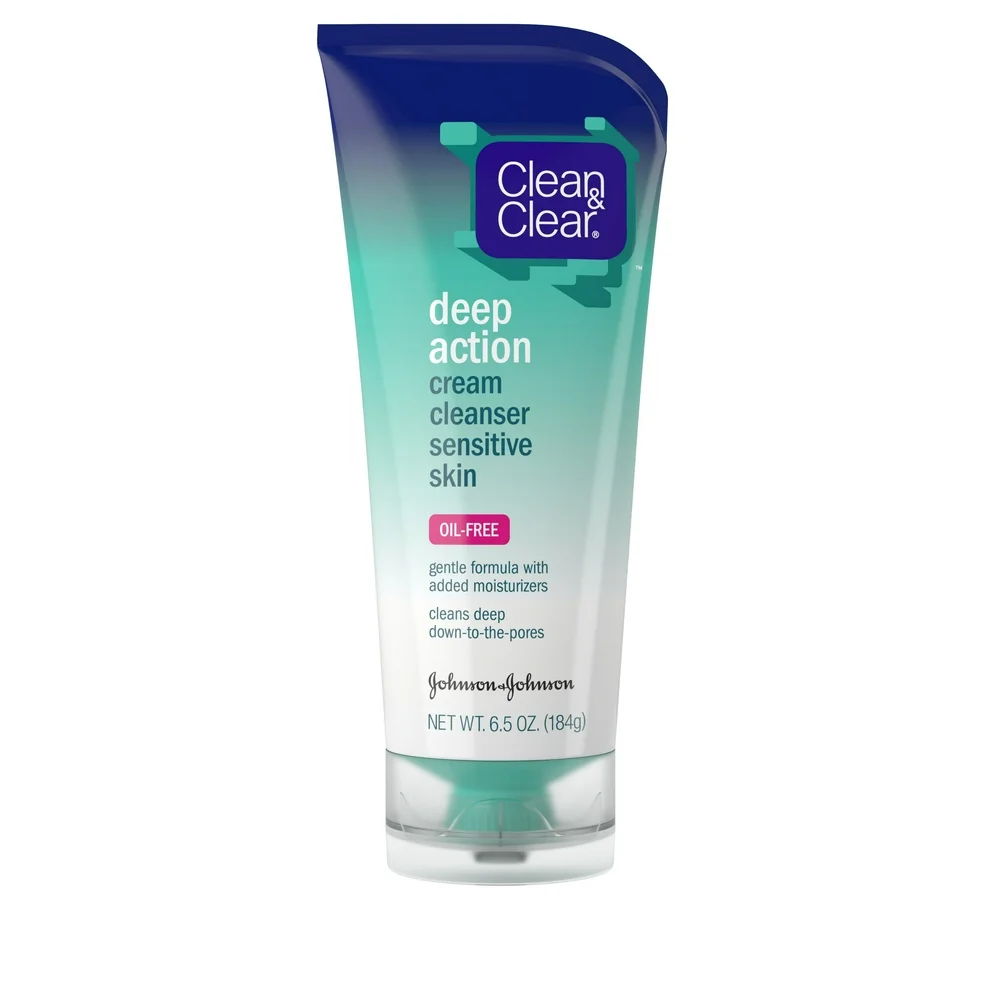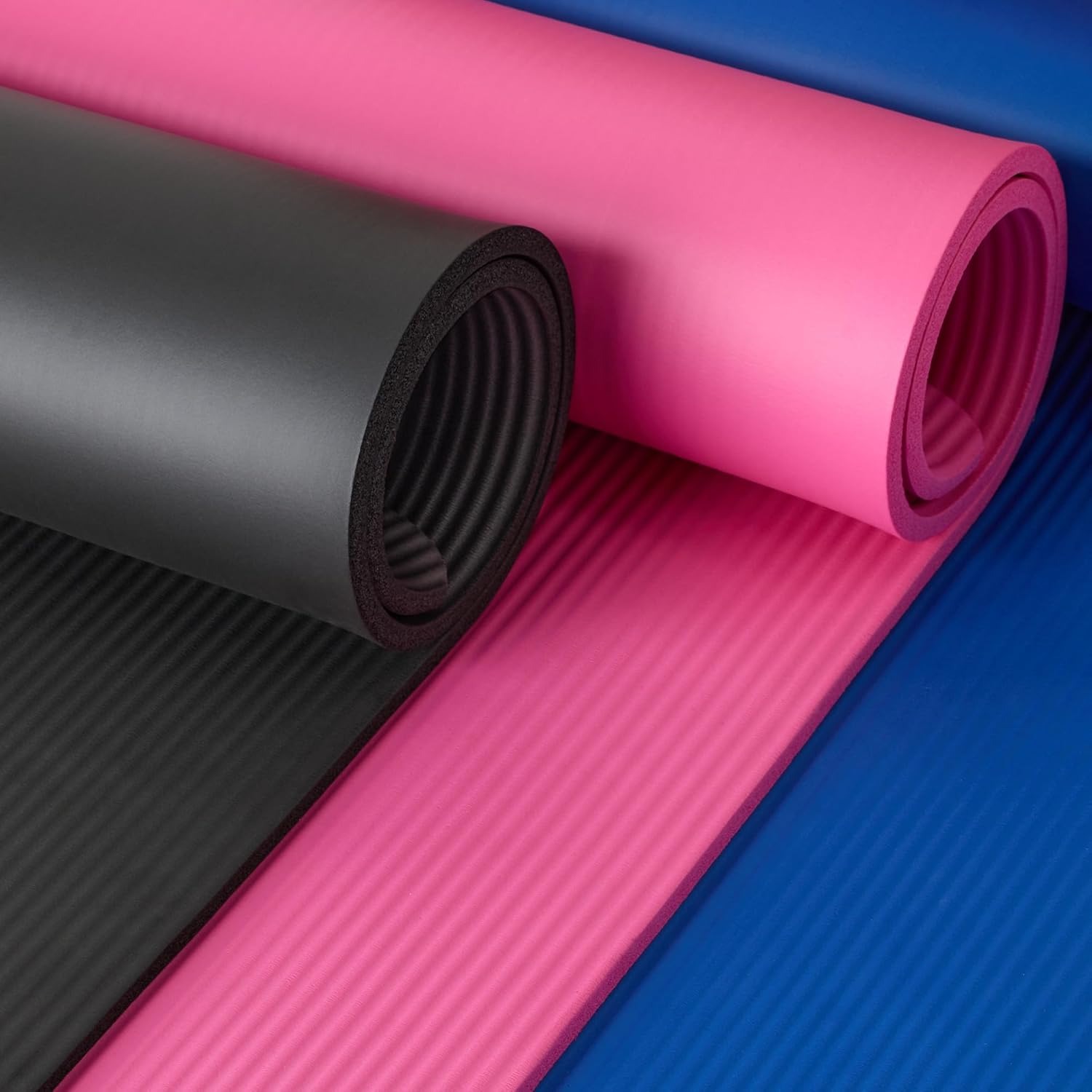Understanding Sensitive Skin
Sensitive skin can often feel tight, itchy, or may show signs like redness and irritation. It’s a common concern, but it can be hard to manage. For those with sensitive skin, the choice of a facial cleanser is crucial. The wrong product can cause more harm than good, leading to discomfort or even skin reactions.
To understand sensitive skin, it’s important to recognize that it can stem from various factors. Genetics play a role, but so do environmental influences like pollution and weather. Certain medications, dietary habits, and stress levels also impact skin sensitivity.
When choosing a sensitive facial cleanser, look for products designed specifically for this skin type. Such cleansers usually have a gentler formula. They avoid harsh chemicals that could strip the skin of its natural oils. Instead, they rely on soothing components that support skin health without causing irritation.
To cater to sensitive skin, a good cleanser should clean effectively without altering skin’s natural balance. It should remove dirt and makeup gently, maintaining skin’s integrity. Always opt for hypoallergenic and non-comedogenic options. These terms mean the product is less likely to cause allergic reactions or block pores.
Introducing a new facial cleanser to your routine should be a careful process. It’s wise to patch test any product before applying it to your entire face. By doing this, you can prevent potential adverse reactions over a larger skin area.
In summary, sensitive skin needs special attention. Look for a sensitive facial cleanser that is gentle, kind to skin, and free from irritating ingredients. Proper understanding and care for sensitive skin can lead to a more comfortable and healthy complexion.

Key Ingredients in Cleansers for Sensitive Skin
When searching for a sensitive facial cleanser, you must look at the ingredients. Key components should be gentle and nourishing to maintain skin’s natural barrier. Here are some standout ingredients often found in cleansers suitable for sensitive skin:
- Aloe Vera: Known for its soothing properties, aloe vera is an excellent ingredient for calming irritation.
- Chamomile: This herb has anti-inflammatory qualities. It helps to soothe and reduce redness.
- Glycerin: A humectant that attracts moisture. Glycerin helps in keeping the skin hydrated without causing oiliness.
- Allantoin: Helps to soothe the skin. It can also promote healing of minor irritations.
- Hyaluronic Acid: Despite its name, this is a gentle hydrator. It helps the skin retain moisture.
- Ceramides: These lipid molecules help in restoring and maintaining the skin’s protective barrier.
Avoid harsh exfoliants, sulphates, and alcohols. These can strip the skin of natural oils. Look for labels that list mild cleansing agents like cocamidopropyl betaine. This ingredient cleans effectively without disrupting the skin’s natural balance.
Opting for a sensitive facial cleanser with these key ingredients can lead to healthier, happier skin. It’s all about finding a product that cleans without damage or irritation.
The Importance of pH Levels in Sensitive Skin Cleansers
When choosing a sensitive facial cleanser, pH levels are critical. pH stands for ‘potential hydrogen’ and measures how acidic or alkaline a substance is. Our skin has a natural pH level of around 4.7 to 5.75—it’s slightly acidic. This acidity helps to protect our skin from bacteria and other pathogens.
If a facial cleanser’s pH is too high or too alkaline, it can disrupt the skin’s natural barrier. This disruption can lead to dryness, irritation, and increased sensitivity. A mismatched pH level can strip away natural oils and weaken skin defenses.
On the other hand, a cleanser with a pH level that’s too low or too acidic might cause its issues. It can also irritate and cause discomfort for those with sensitive skin. For this reason, a sensitive facial cleanser should match skin’s natural pH as closely as possible.
Look for cleansers labeled ‘pH-balanced.’ These products are formulated to maintain the skin’s acid mantle. This type of cleanser supports the skin’s defense against environmental stress. It helps to minimize irritation.
Remember to read labels and research your products. Aim for a facial cleanser with a pH level that is close to that of your skin. It will help keep your sensitive skin calm, clear, and well-protected.

Fragrance-Free vs. Non-Fragrance-Free Cleansers
Choosing a sensitive facial cleanser often leads to a key decision: fragrance-free or non-fragrance-free. Fragrances in skincare can cause irritation and allergies, especially in sensitive skin types. To avoid these issues, many opt for fragrance-free options.
Fragrance-free cleansers are void of synthetic scents. These scents can trigger reactions, such as headaches and sneezing, or skin problems like redness and rashes. If your skin is easily upset, a fragrance-free cleanser could be the best choice. It eliminates the risk that comes from added perfumes.
Non-fragrance-free cleansers, meanwhile, may contain natural or synthetic fragrances. While they can seem appealing due to pleasant smells, caution is key. These can still irritate sensitive skin. It’s not about the source of the fragrance—natural or not—but about how your skin reacts to it.
Remember, ‘unscented’ does not mean ‘fragrance-free’. Some unscented products have smells masked by other chemicals. This can be just as irritating—if not more so—than scent-specified products.
In summary, if you have sensitive skin, a fragrance-free sensitive facial cleanser is likely your safest bet. It helps minimize potential irritation and keeps your skincare routine simple and gentle. Always read labels to ensure your cleanser is truly fragrance-free and suited for sensitive skin care.
How to Test a Facial Cleanser for Sensitivity
Testing a facial cleanser before fully integrating it into your routine is a crucial step, particularly for those with sensitive skin. To evaluate if a sensitive facial cleanser suits your skin, follow these simple steps:
- Patch Test: Apply the cleanser to a small area of your skin, preferably the inside of your wrist or behind the ear. These spots are more concealed and sensitive, making them ideal for testing.
- Wait and Observe: Leave the product on for 24 hours unless you experience immediate irritation. If you see no adverse reaction, the product is likely safe for your face.
- Gradual Introduction: If the patch test is successful, start using the cleanser on a small part of your face. Gradually increase the area with each application over several days.
- Monitor Your Skin: Pay attention to how your skin responds after each use. Look for any signs of discomfort, redness, or irritation.
If you experience negative reactions at any step, it is best to discontinue use and consult a dermatologist if necessary. Remember to be patient as you test; it’s about finding a gentle solution that your skin can tolerate well. Choosing the right sensitive facial cleanser can help maintain your skin health and avoid potential issues that could aggravate your sensitivity.
Recommended Cleansing Routines for Sensitive Skin
Creating a gentle cleansing routine for sensitive skin is essential for maintaining its health. Ideally, you should cleanse your face twice a day—once in the morning to remove any oils that built up overnight, and once at night to clean away the day’s pollutants and makeup. Here are steps for a sensitive skin-friendly routine:
- Morning Cleanse: Use lukewarm water to splash your face. Apply a small amount of a sensitive facial cleanser in a gentle, circular motion. Rinse well and pat dry with a soft towel.
- Evening Cleanse: Your night routine is similar, but ensure you take extra care to remove makeup and grime. Consider using a cleanser with ingredients like aloe vera or chamomile, which are gentle on the skin.
- Moisturize: Always follow up with a moisturizer suitable for sensitive skin. This helps to restore any moisture lost during cleansing and can protect the skin’s natural barrier.
Avoid hot water, as it can strip your skin of essential oils. Don’t rub your skin harshly; always pat dry to minimize irritation. And remember, consistency is key—stick to your gentle cleansing routine to see the best results for your sensitive skin.

Top Reviewed Facial Cleansers for Sensitive Skin
When seeking the best sensitive facial cleanser, reviews can guide you toward effective products. Users with sensitive skin often share insights about cleansers that have worked miracles for them. Below are the top-reviewed sensitive facial cleansers that cater to different needs while ensuring skin stays calm and irritation-free.
- Cetaphil Gentle Skin Cleanser: This cleanser is a favorite for its mild, non-irritating formula. It’s often recommended by dermatologists.
- La Roche-Posay Toleriane Hydrating Gentle Cleanser: Formulated with thermal water, it’s known for its ability to soothe and protect the skin barrier.
- Aveeno Ultra-Calming Foaming Cleanser: Contains calming feverfew extract, suitable for reducing redness and calming sensitive skin.
- Vanicream Gentle Facial Cleanser: Free from common irritants, it’s ideal for skin that reacts easily. It cleans without causing dryness or tightness.
- Neutrogena Ultra Gentle Hydrating Cleanser: Enriched with glycerin, it offers deep hydration while being gentle on the skin.
These cleansers have garnered positive reviews for their ability to gently cleanse without aggravating sensitive skin. Remember to always patch test new products. Seek options that avoid harsh chemicals and fragrances. Your focus should be on finding a cleanser that supports skin health while being gentle and effective.
Tips for Using Facial Cleansers on Sensitive Skin
Choosing the right sensitive facial cleanser and knowing how to use it can make all the difference for those with delicate skin. Here are some tips to follow:
- Be Gentle: When applying your cleanser, use a soft touch. Avoid rubbing your skin hard.
- Use the Right Amount: A pea-sized amount is often enough. Using too much product can be wasteful and might irritate your skin.
- Rinse Thoroughly: Make sure you rinse off all cleanser residues with lukewarm water. Leftover product can cause irritation.
- Soft Towels: Use a clean, soft towel to pat your face dry. Rough towels can be harsh on sensitive skin.
- Temperature Matters: Always use lukewarm water when cleansing. Hot or cold water can shock your skin and lead to redness.
- Don’t Over-Cleanse: Cleaning too often can strip the skin of its natural oils. Stick to cleansing twice a day.
- Listen to Your Skin: If your skin feels dry or tight after cleansing, your product may be too harsh.
By following these simple tips and being mindful of how you use your sensitive facial cleanser, you can help your skin stay healthy and avoid irritation. Remember to integrate these practices into your daily skin care routine for the best results.



